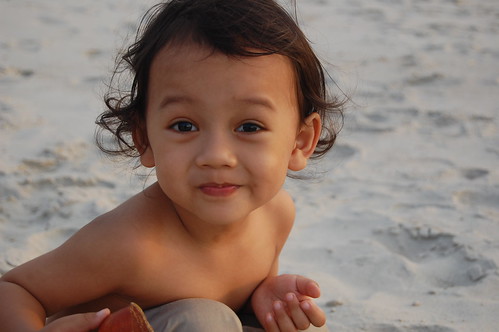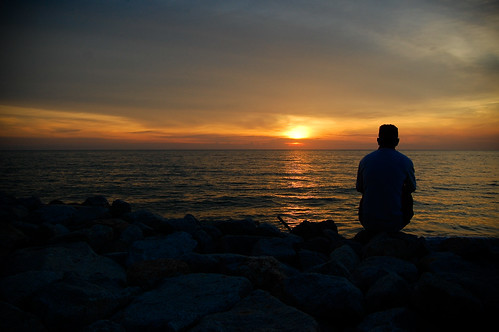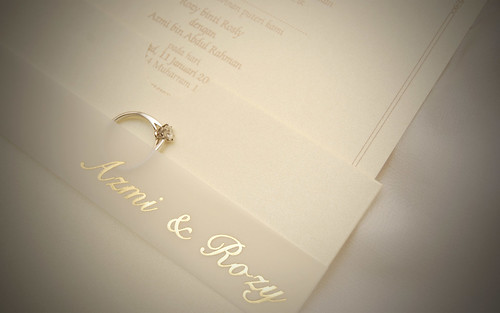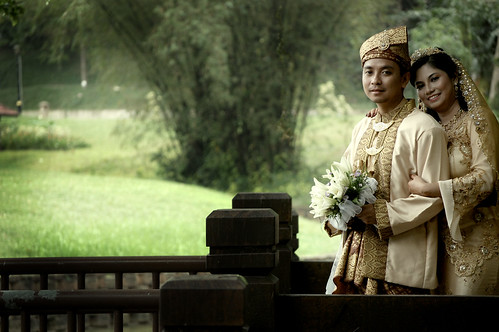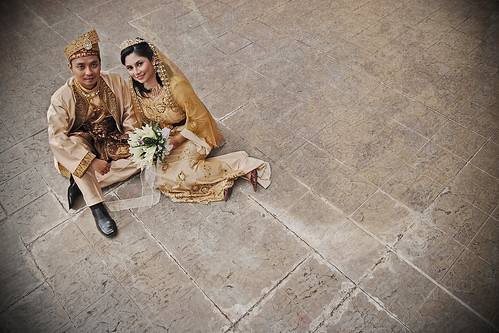Fast shutter speed
By freezing thin slices of time, it is possible to explore the beauty of form in motion. A fast shutter speed may freeze a moving subject yet leave others still blurred. The ability to freeze subject matter is dependent on its speed and the angle of movement in relation to the camera. For subject matter traveling across the camera's field of view, relatively fast shutter speeds are required, compared to the shutter speeds required to freeze the same subject traveling towards or away from the camera.

Photographer: Björgvin Guðmundsson
Limitation
Wide apertures in combination with bright ambient light and/or a high ISO setting will allow the use of a fast shutter speed in order to freeze rapidly moving subject matter. Some telephoto and zoom lenses only open up to f4 of f5.6 . If used with a slow ISO setting there is usually insufficient light to use the fastest shutter speeds available on the camera.
Slow shutter speed
When shutter speed is slowed down, movement is no longer frozen but records as a streak. This is called 'movement blur'. By using shutter speeds slower than those normally recommended for use with the lens, movement blur can be created with relatively slow moving subject matter. Speeds of 1/30, 1/15, 1/8 and 1/4 seconds can be used to create blur with a standard lens. If these slow shutter speeds are used and the camera is on a tripod, the background will be sharp and the moving subject blurred. If the camera is panned successfully with the moving subject, the background will provide most of the blur in the form of a streaking effect in the direction of the pan.

 Camera shake
Camera shakeMovement blur may also be picked up from camera movement as a result of small vibrations transmitted to the camera from the photographer's hand. This is called 'camera shake'. To avoid camera shake, a shutter speed roughly equal to the focal length of the lens is usually recommended, e.g. 1/30 second at 28mm, 1/60 second at 50mm and 1/125 second at 135mm. Many cameras give an audible signal when shutter speeds likely to give camera shake are being used. With careful bracing, slower speeds than those recommended can be used with great success. When using slow shutter speeds the photographer can rest elbows on a nearby solid surface, breathe gently and release the shutter with a gentle squeeze than a stabbing action.







